A Night to Remember: Youth Talent Showcase at Richmond Art Center
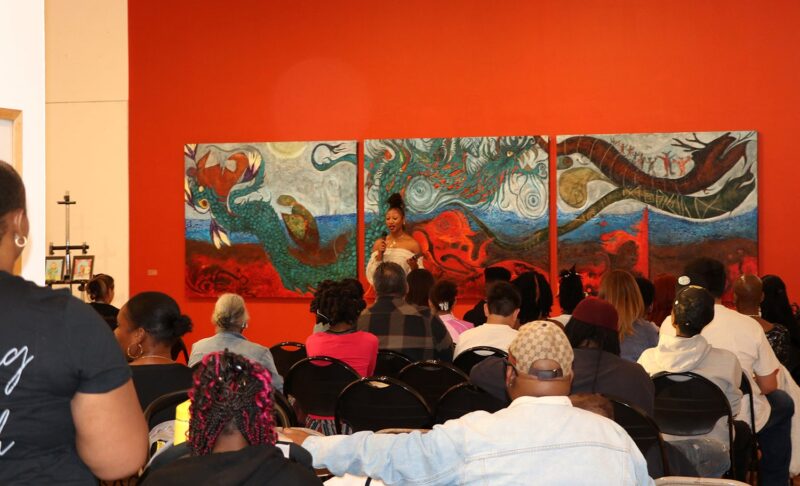
Greenhouse LIVE, on Friday, September 22, was an amazing evening of music, poetry, dance and art! We also launched Richmond Art Center’s new mural, “Epic Struggle / Battle Royal”. Thanks to all of the amazing artists for gracing us with your talents: Spoken Word: Rozell the Bard @rozellthebard; Anizha aka Spoken Soul @its.anizhas.world; Tajanique Bell, and special guest Donté Clark @donblakMusic: Lai’Jhon Hawkins @laijhonhawkinsDance: Auseon […]
Calling Arts and Crafts Vendors! The Holiday Arts Festival needs YOU
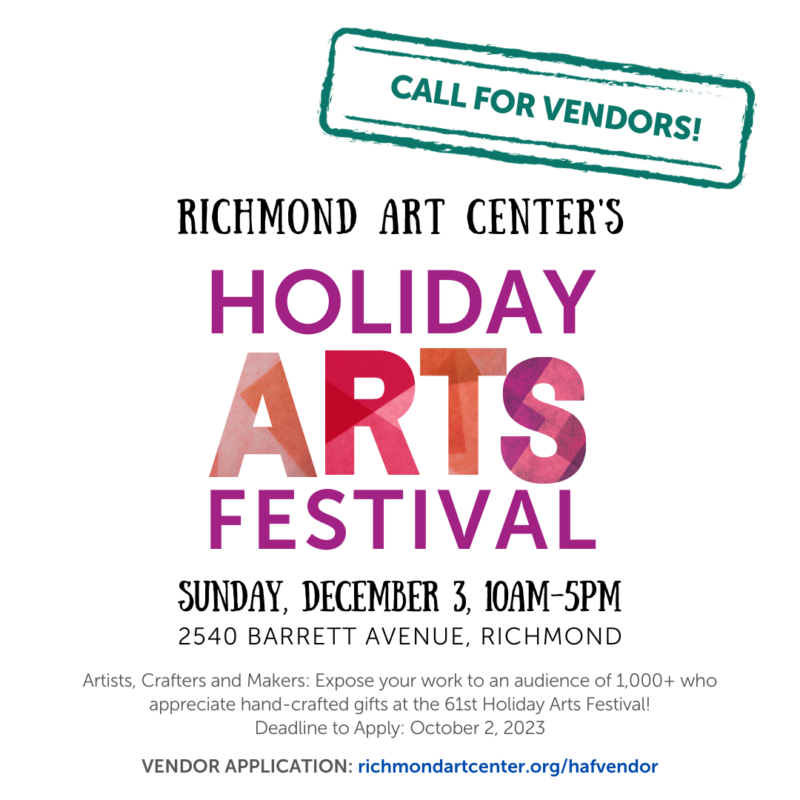
Vendors Wanted for the Holiday Arts Festival Event Date: Sunday, December 3, 10am-5pmVendor Application Deadline: Monday, October 2, 11:59pm Local artists, artisans, and makers are invited to apply to sell their work at the Holiday Arts Festival. This shop-local event is a great way to expose your work to an audience of 1,000+ who appreciate hand-crafted gifts. There is no […]
Special Guest Donté Clark to perform at Greenhouse Live!
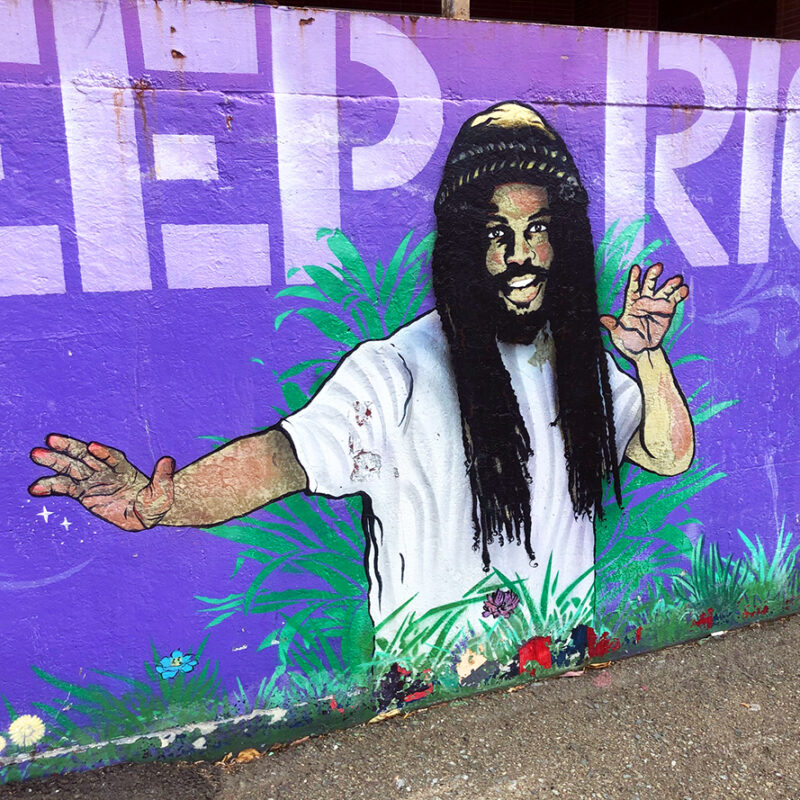
Special Guest Donté Clark to perform at Greenhouse Live! We’re excited to announce poet, actor, and community activist Donté Clark will be a special guest at Greenhouse Live! Donté is a former poet laureate of Richmond and youth mentor. And fun fact, his portrait is part of the ‘Keep Richmond Beautiful‘ mural at Richmond Art Center. Greenhouse LIVE: Youth […]
Press Release: Greenhouse Live Youth Art Showcase
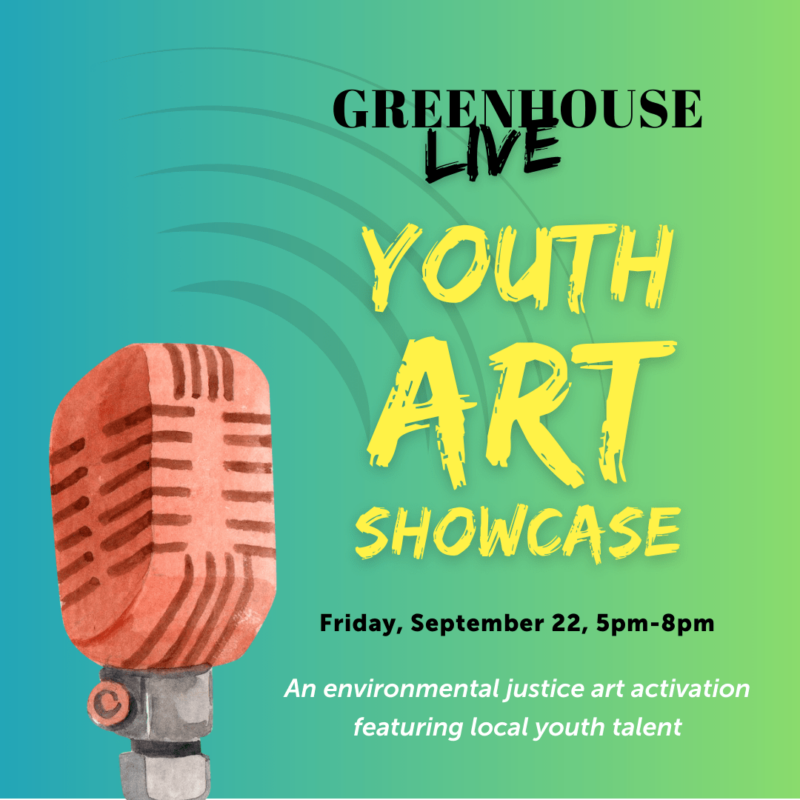
FOR IMMEDIATE RELEASEWednesday, September 13, 2023 SPECIAL EVENT Greenhouse LIVE: Youth Art Showcase An environmental justice art activation featuring local youth talent! Friday, September 22, 5pm-8pm | FREERichmond Art Center, 2540 Barrett Avenue, RichmondEvent webpage: richmondartcenter.org/greenhouselive Richmond, CA: Greenhouse Live is a youth talent showcase and open mic night featuring music, spoken word and visual […]
Noticia de prensa: Celebre el Día de los Pueblos Indígenas en el Richmond Art Center
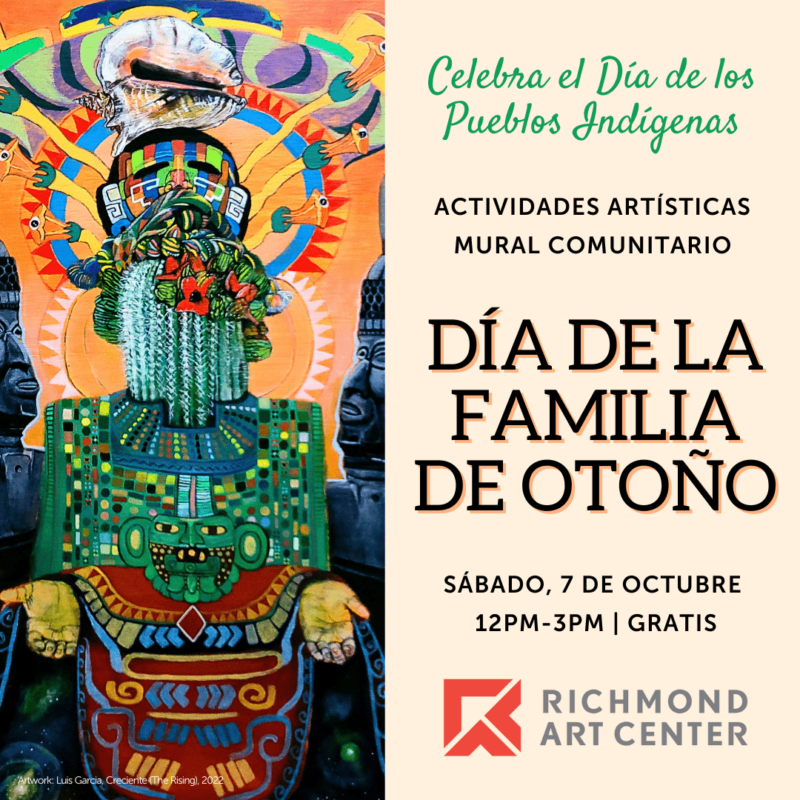
ENGLISH PARA PUBLICACIÓN INMEDIATALunes, 11 de septiembre de 2023 Día de la familia de otoño ¡Celebra el Día de los Pueblos Indígenas! Sábado 7 de octubre, 12pm-3pm | GRATIS Richmond Art Center (patio), 2540 Barrett Avenue, Richmond Nos reuniremos el sábado 7 de octubre, de 12pm a 3pm, para celebrar el Día de los Pueblos […]
Press Release: Celebrate Indigenous Peoples’ Day at Richmond Art Center
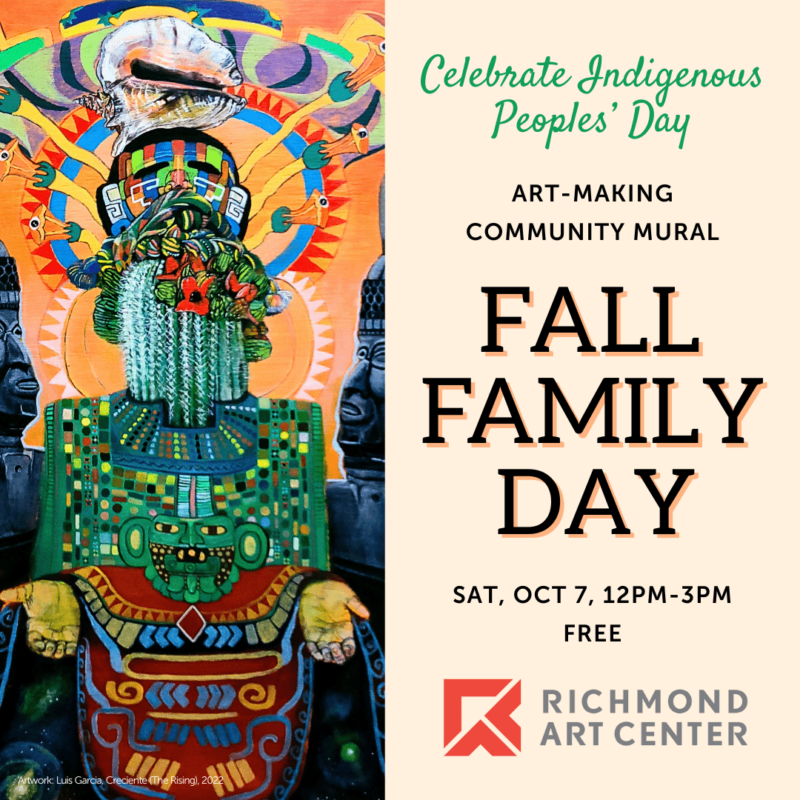
ESPAÑOL FOR IMMEDIATE RELEASEMonday, September 11, 2023 SPECIAL EVENT Fall Family Day Celebrate Indigenous Peoples’ Day Saturday, October 7, 12pm-3pm | FREE Richmond Art Center (courtyard), 2540 Barrett Avenue, Richmond Event webpage: richmondartcenter.org/familyday Richmond, CA: We’re coming together on Saturday, October 7, 12pm-3pm, to lift up and celebrate Indigenous Peoples’ Day through art making. Fall […]
Fall Youth Art Tours – BOOK NOW
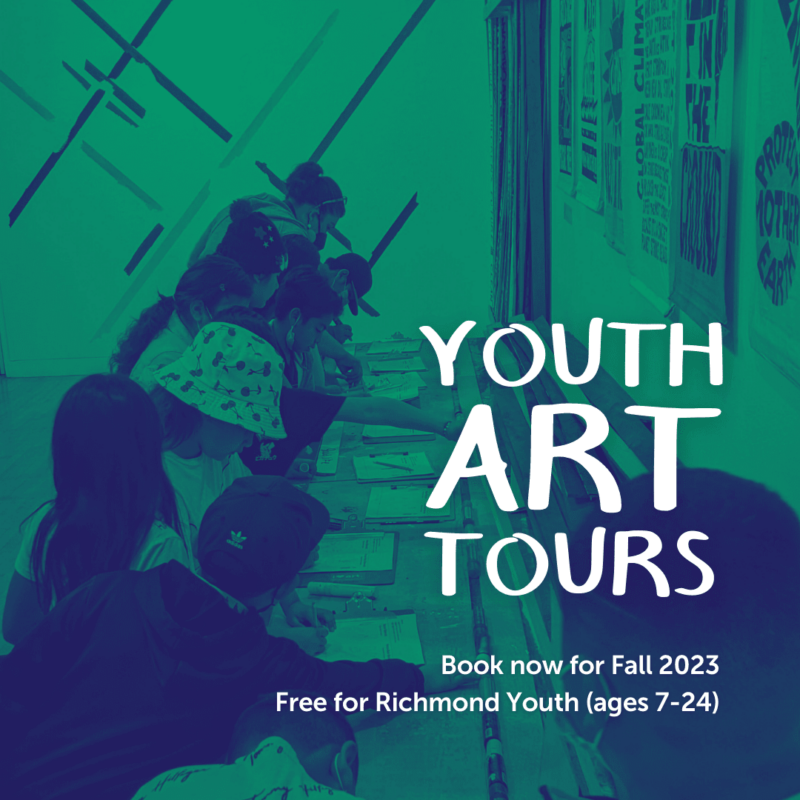
Bring Your Students to Richmond Art Center Tours Available September, October and November Bring your class to Richmond Art Center and enjoy a guided tour of current exhibitions. Students will also visit studio spaces and engage in an art-making activity. (And pssst, tours are free for Richmond youth!)
Holiday Arts Festival 2023 – Vendor Information
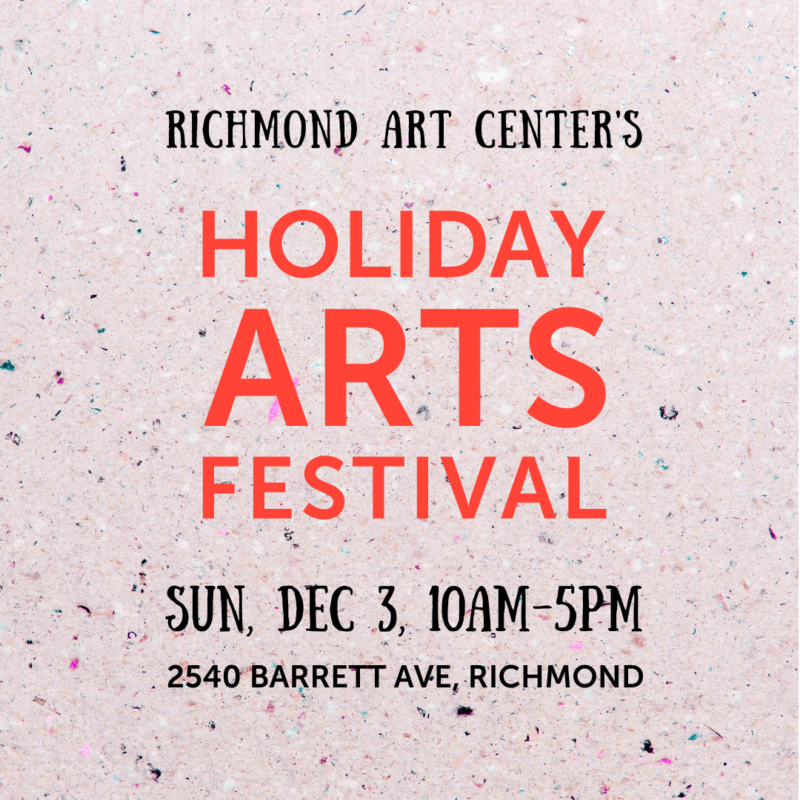
Calling all artists, artisans, crafters and makers! Be part of Richmond Art Center’s 61st Annual Holiday Arts Festival! Deadline to Apply: Monday, October 2, 2023, 11:59pm Event Details 61st Annual Holiday Arts Festival Sunday, December 3, 2023, 10am-5pm | Free EntryRichmond Art Center, 2540 Barrett Avenue, RichmondMore info: richmondartcenter.org/haf Schedule / Important Dates Participating in the […]
Press Release: Andrés Cisneros-Galindo Exhibition Extended at Richmond Art Center
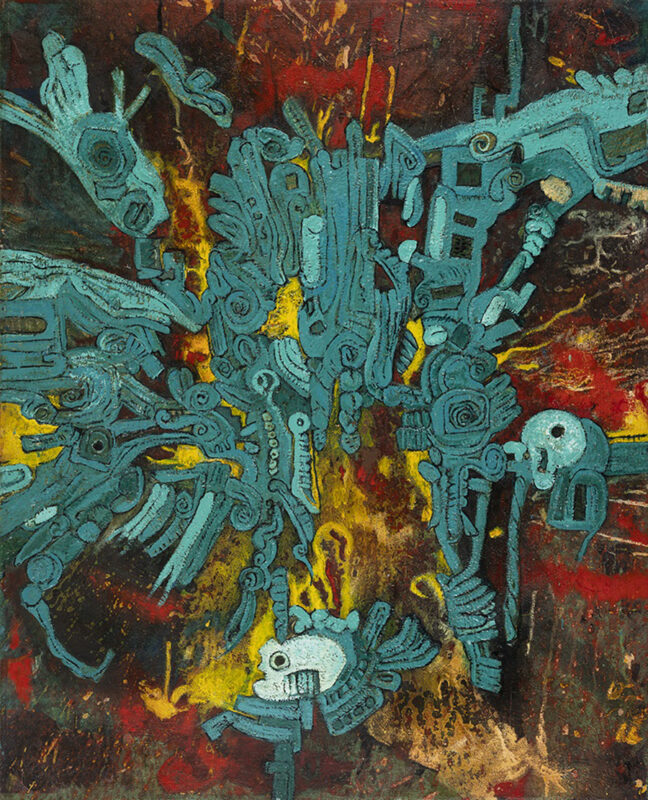
FOR IMMEDIATE RELEASE August 22, 2023 Press Release: Andrés Cisneros-Galindo Exhibition Extended at Richmond Art Center Nahui Ollin: The work of Andrés Cisneros-Galindo New Exhibition Dates: June 28 – November 16, 2023 Andrés Cisneros-Galindo Print Demo: Saturday, October 7, 12pm-3pm Richmond Art Center 2540 Barrett Avenue, Richmond, CA 94804 Gallery Hours: Wed-Sat, 10am-4pm Richmond, CA: […]
Artists, Register for Art of the African Diaspora in 2024
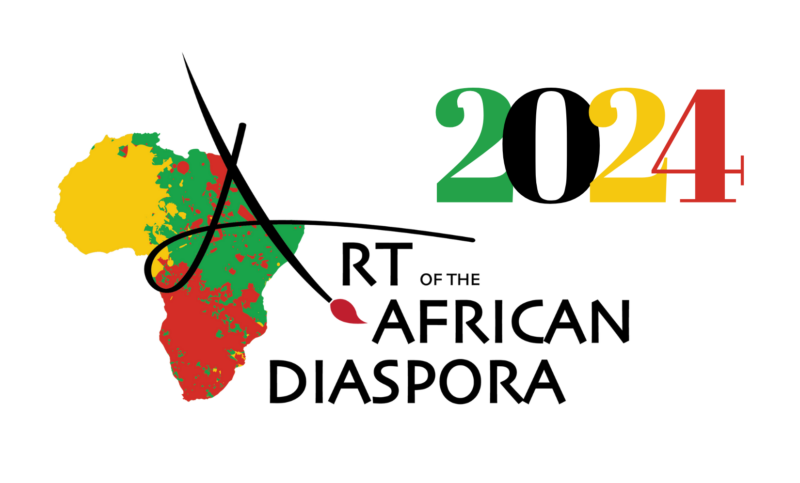
Artists, Register for Art of the African Diaspora in 2024 Art Of The African Diaspora is a non-juried group exhibition featuring work by artists of African descent. The showcase exhibition is held at Richmond Art Center and is accompanied by self-guided open studio tours and satellite exhibitions throughout the Bay Area.
